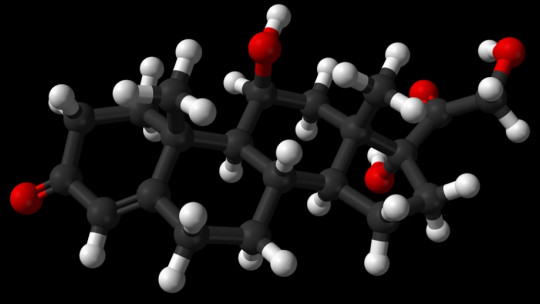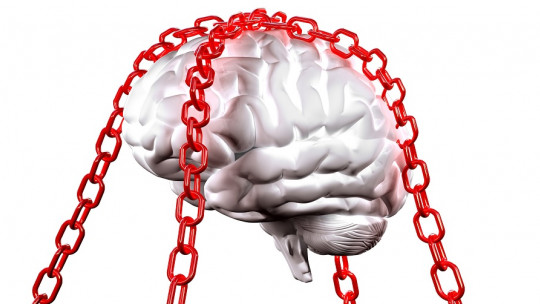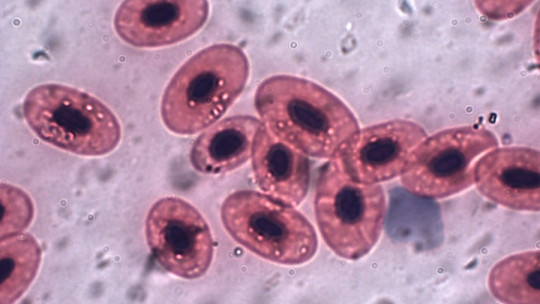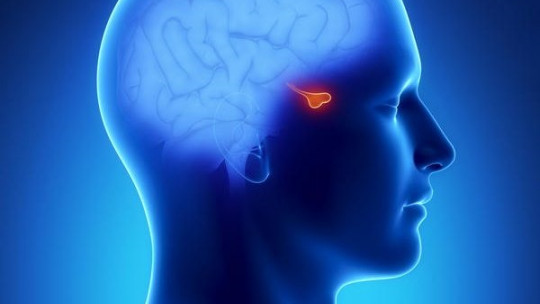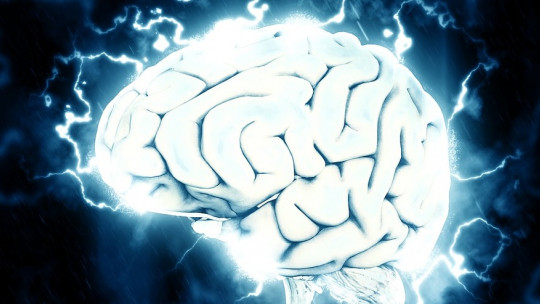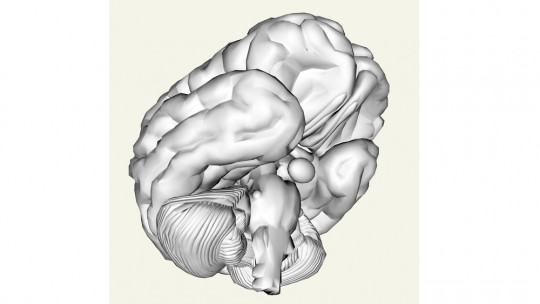
We have all read or heard about stress, a natural response that if given in excess can have an impact on our health, however, Do we know what happens in our brain when we suffer from stress?
The WHO defines stress as “the set of physiological reactions that prepares the body for action.” Acute stress that resolves in the short term can be positive, as it prepares the brain for better performance. However, constant tension can be fatal. This negative impact of stress occurs when it becomes chronic.
stress hormones
Cortisol is the main stress hormone. When we are faced with a stressful situation, a signal is sent to the pituitary gland that hormonally activates the adrenal glands (small glands located in the upper part of each kidney). These are the ones that release cortisol, which when raised in the blood increases glucose levels for the entire organism, thus the organs work more efficiently, being appropriate for short periods of time, but in no case for long periods. In addition, there are the following.
Changes caused by stress in brain structures
Suffering from chronic stress can cause various reactions in the following areas of our brain:
1. Hippocampus
One of them is the death of neurons in the hippocampus (neurotoxicity). The hippocampus located in the medial part of the temporal lobe of the brain is a structure linked to memory and learning, it belongs on the one hand to the limbic system and on the other to the archicortex, making up, together with the subiculum and the dentate gyrus, the so-called hippocampal formation. Contains high levels of mineralocorticoid receptors making it more vulnerable to long-term biological stress than other brain areas.
Stress-related steroids reduce the activity of some hippocampal neurons, inhibit the genesis of new neurons in the dentate gyrus, and cause atrophy of the dendrites of pyramidal cells in the CEA3 region. There is evidence of cases in which post-traumatic stress disorders may contribute to hippocampal atrophy In principle, some effects may be reversible if the stress is stopped, although there are studies with rats subjected to stress shortly after birth whose damage to hippocampal function persists throughout life.
2. Amygdala
The amygdala is part of the limbic system and is responsible for processing and storing emotional reactions. Recent research suggests that when a person suffers from stress, This region of the brain sends signals to the spinal cord indicating that the production of white blood cells must increase.
The problem is that an excess of white blood cells can cause arterial inflammation, which can lead to the development of cardiovascular diseases such as strokes, angina and heart attacks.
3. Gray and white matter
Another long-term effect of stress is the imbalance between the gray matter and white matter of the brain.
Gray matter is made up primarily of cells (neurons that store and process information, and supporting cells called glia) while white matter is made up of axons, which create a network of fibers that interconnect neurons. The white matter gets its name from the white sheath, myelin fat surrounding axons and accelerates the flow of electrical signals from one cell to another.
Chronic stress was found to generate more myelin-producing cells and fewer neurons than normal. Which produces an excess of myelin and, therefore, white matter in some areas of the brain, which modifies balance and internal communication within the brain
Mental diseases
Each person is unique and there are individual differences in the biological mechanisms of stress; they may have a biological basis or be acquired throughout life. They can determine differences in vulnerability or predisposition to develop stress-related disorders
In short, stress plays an important role in the triggering and evolution of mental disorders, such as post-traumatic stress disorders, anxiety and depression disorders, schizophrenic psychoses and others. Likewise, it constitutes a risk factor and significant component in substance abuse and dependence disorders.

